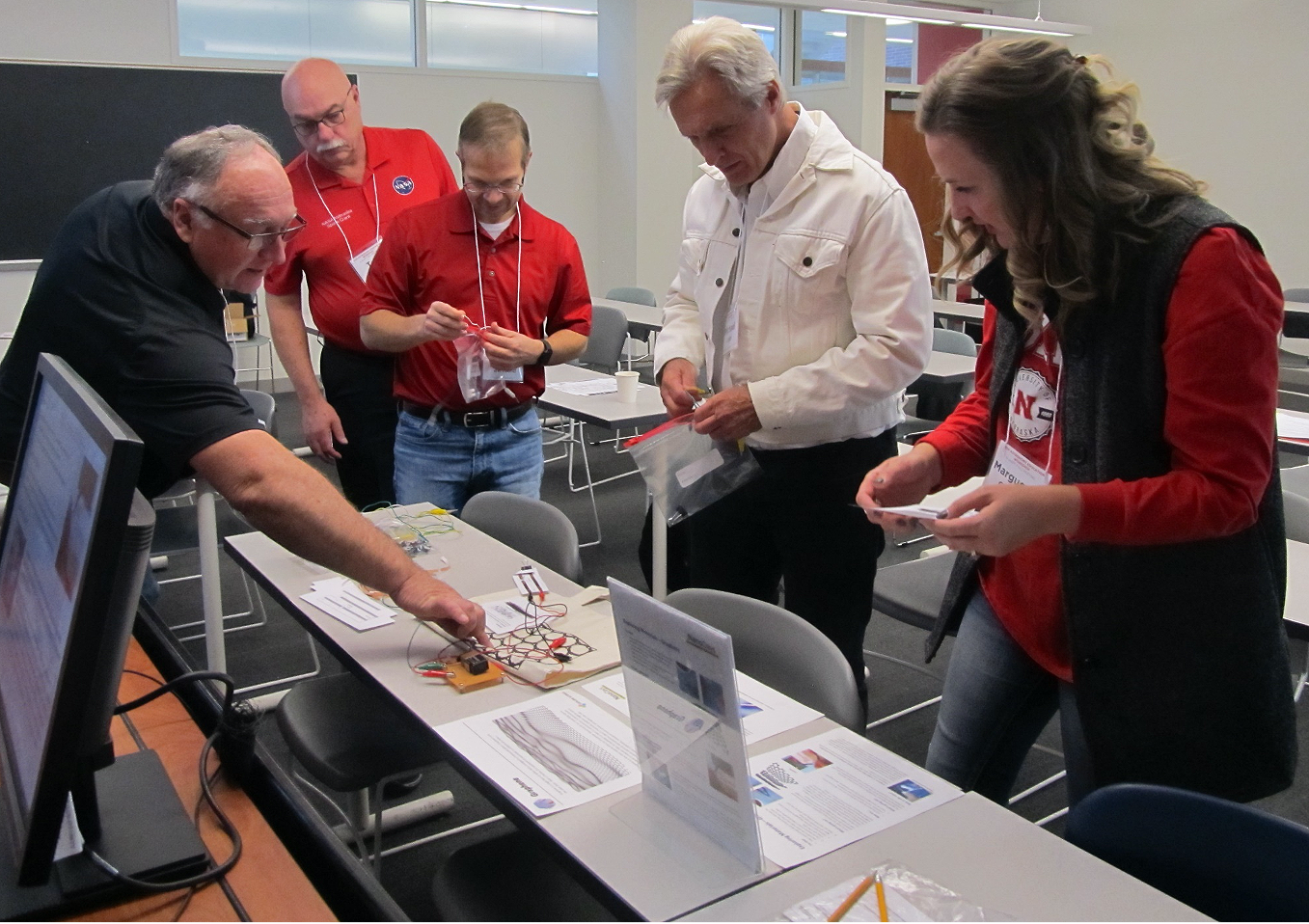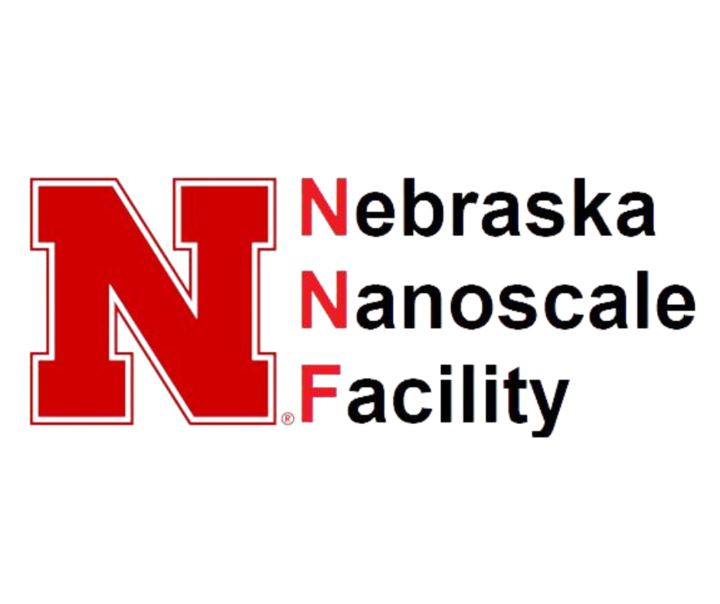National Nanotechnology Coordinated Infrastructure
Research Experience for Teachers
June 16 - July 25, 2025

Experience the excitement of nanotechnology research at the National Nanotechnology Coordinated Infrastructure (NNCI) Research Experience for Teachers (RET) program at the University of Nebraska. During the program, each participant will develop an instructional unit based on their experience to share with students and peers. This 6-week program is for high school teachers and technical college faculty that teach science or technology and are within driving distance of the University of Nebraska-Lincoln campus.
Teachers will be selected to participate in research in nanoscale science and engineering labs at UNL to gain hands-on experience in the cutting-edge techniques and tools used within NNF facilities. This RET program partners with other RET sites throughout the US, allowing teachers to network with scientists and teachers nationwide about big ideas in nanoscale science and engineering.
Teachers will spend time designing curricular materials to use in their classrooms and will share these teaching materials during the program and after they return to their home institution. Be a part of a national initiative this summer, learning about nanoscience research, creating your curriculum, and discovering new ways to teach science and engineering.
At a Glance
- $8,000 stipend
- Hands-on research experience in nanotechnology
- Faculty research advisors and graduate student mentors
- Follow-up at Georgia Tech in October 2025
Questions? Contact Steve Wignall at swignall4@unl.edu or 402-472-6078
Sample RET Projects
Engineered Nanoparticles
Complex nanoparticles formed via physical processes offer the opportunity to explore new states of matter, as this far-from-equilibrium processing route can create novel structures and chemical arrangements with unique magnetic properties for use in biomedical or data storage applications. Numerous research projects on our nanoparticles or thin film structures have involved undergraduate researchers [4] and teachers [13], who use the deposition systems and perform x-ray diffraction to study structure, AFM to analyze size, and magnetometry. Teacher and/or Community College Faculty component: The teacher will learn to deposit alloy nanoparticles, and then characterize them using the above-mentioned techniques as well as scanning/transmission electron microscopy.
Additive Manufacturing - 3D Printing of Metals
The singular design and material flexibility offered by metal additive manufacturing (AM) processes can improve performance, reduce waste, and lower processing costs across critical industries, including aerospace, biomedical, automotive, and defense. For instance, an aerospace part weighing just one pound requires subtractive machining of 20 pounds of raw material (a buy-to-fly ratio of 20:1). Using metal AM, the buy-to-fly ratio reduces to 4:1. There is also significant savings of energy and time, reducing lead times from weeks to days. AM also allows for novel part design due to the expanded manufacturability of complex parts. For instance, General Electric’s new jet engine includes an AM-produced single-piece nozzle, a design that once contained 20 separate parts, while the Cessna Denali aircraft engine now has 12 AM-produced parts rather than 855. In both cases, there was an overall reduction in weight and an improvement in fuel efficiency of more than 10% [5]. AM also allows for the easy reproduction of legacy parts and custom design for biomedical implants.
In our group, we analyze the microstructural evolution of AM-processed parts in order to understand the effect of processing parameters and part design on performance. We utilize various forms of microscopy, including optical and scanning electron, as well as measure mechanical performance. As for AM, we utilize laser powder bed fusion, directed energy deposition, and wire arc techniques. The ultimate goal is to ensure that every part has predictable properties.

